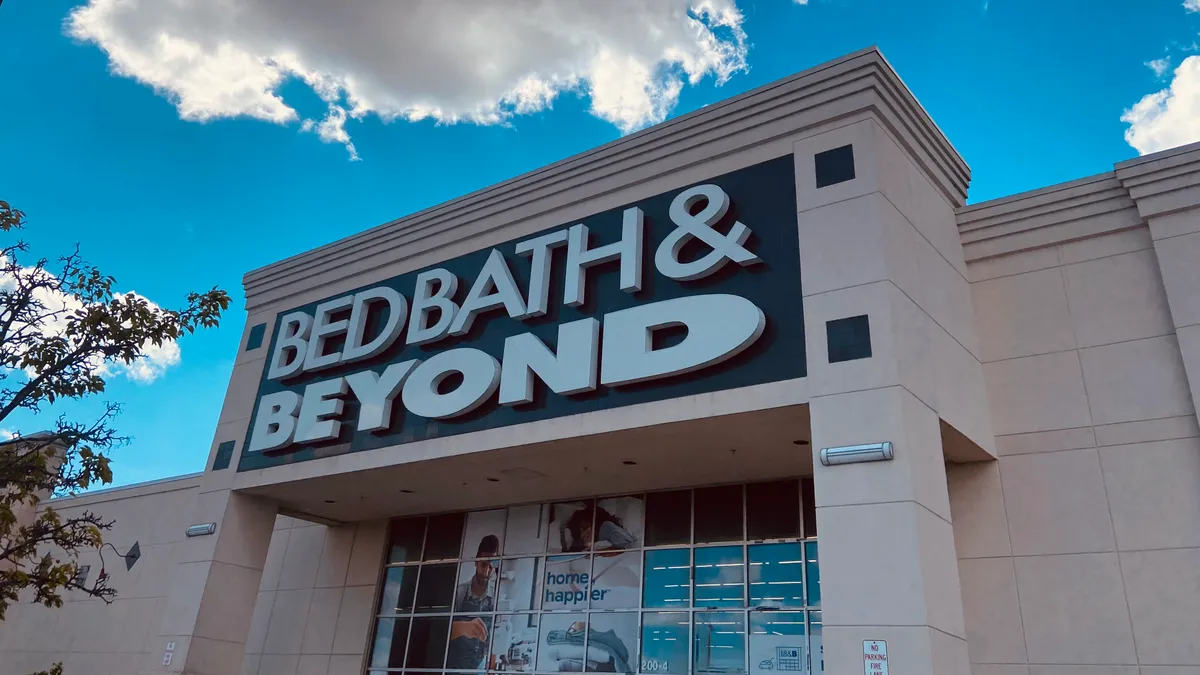As consumer demand slows, the return of high-profile retailers in financial distress is a reminder of how vital trade credit is to the health and even viability of many store chains. It also shines a light on the financial threats of a flailing retailer to its suppliers.
But the question of whether to ship to a retailer in distress or even bankruptcy is rarely an easy one for suppliers.
When Party City filed for Chapter 11 last week, it owed critical domestic vendors more than $10 million for goods already shipped, and another $25 million to foreign vendors. The struggling party goods retailer had delayed payments as its liquidity waned. Suppliers had in turn shortened payment terms or started asking for cash on delivery, accelerating the retailer’s liquidity issues.
The story is typical of retail bankruptcies. No supplier wants their customer to fall into Chapter 11, yet tightened payment terms can accelerate a liquidity crisis.
“It could snowball,” said Dennis Cantalupo, CEO of Pulse Ratings, a credit analysis firm covering the retail space. “Suppliers are just responding to the retailer paying them slower.”
Cantalupo pointed to the case of Bed Bath & Beyond, which issued a warning earlier in January that it might have to file for bankruptcy if out-of-court restructuring efforts didn’t pan out.
“As a supplier, you're seeing, you’re hearing, and you’re reading in black and white that this company may be considering bankruptcy,” he said. “You have to take that threat seriously, and respond accordingly.”
Forecasting failure
Suppliers need to know the financial risks of selling to a retailer long before a bankruptcy is imminent.
“The first step is just simply doing the analysis,” Taylor Ricketts, AVP with Creditntell, said. “The second piece is also knowing your own situation, your challenges, communicating internally trying to figure out how long you have to mitigate.”
Albert Furst, chief operating officer of Creditntell, said that suppliers are always mulling the probabilities of a customer going bankrupt, and when, so that they can make decisions based on their own business.
“Are they risk averse? What are their margins? Do they have product that can't go anywhere else? What are the terms? Are they shorter or longer?” Furst said, describing the thought decision process of suppliers, which some may need to go through well in advance of the back-to-school or holiday season.
Retailers are well aware of the pressures facing their suppliers. In asking for emergency court authorization to pay its critical suppliers, Party City noted that some of its holiday product needed nearly a year of lead time for its vendors to develop, make and ship, and they often required payment far in advance.
Suppliers naturally want to ensure they’ll get paid. But cutting ties with a retailer or tightening up payment terms too early or too tightly comes with its own downside. Cantalupo noted that suppliers want to keep shipping merchandise as long as a retailer is not a short-term credit risk in their analysis.
“The way suppliers make money is to sell merchandise,” Cantalupo said. “So if they reduce a credit line, or stop selling into a retailer too soon, they can lose a lot of inventory turns that way.”
Suppliers have options to hedge their risks, including receivable puts and insurance, but those are added costs, and might not be offered once a retailer’s finances spiral past a certain point.
Selling into a bankruptcy
Once a retailer files for bankruptcy, the risks can be vast for some suppliers.
Anything owed on goods shipped within 20 days becomes an administrative claim in the case — known as a 503(b)(9) claim in the Bankruptcy Code — which means suppliers have to go through a court-regulated process with other creditors to get paid. Meanwhile, money for goods received by suppliers within 90 days of a bankruptcy filing could be reclaimed by the court if a supplier is deemed to have received preferential treatment in that payment.
Many retailers in bankruptcy want to pay back their suppliers quickly to maintain relationships, hence Party City’s emergency request within Chapter 11 to pay its critical suppliers.
Suppliers might even maintain trade credit for a bankrupt retailer, putting their confidence in the customer’s debtor-in-possession financing, which is meant to help fund companies through the Chapter 11 process. But it’s not without risk.
One stark illustration was the toy store giant Toys R Us, which filed for Chapter 11 in 2017 with plans to reorganize but ended up losing its financing after falling short of holiday targets.
An extensive list of toy makers and other suppliers who shipped to the retailer on terms collectively lost millions of dollars. But even that worst-case risk may be worth taking for suppliers that can absorb the losses.
Ricketts pointed to the Sears Holdings bankruptcy, which dragged on for years and forced suppliers to take a significant haircut when all was said and done. But if the margins were decent and suppliers kept selling to Sears through the several years of bankruptcy speculation, they still could have made a pile of money far outweighing what they lost in bankruptcy, Ricketts noted.
“It depends on your profit margins, it depends on a lot of things,” Ricketts said. “It comes back to how confident you are in the analysis.”
Ricketts also noted sometimes the credit department at a supplier gets overruled by the sales team. “The account could be that strategic, that important,” Ricketts said.
This story was first published in our Procurement Weekly newsletter. Sign up here.














